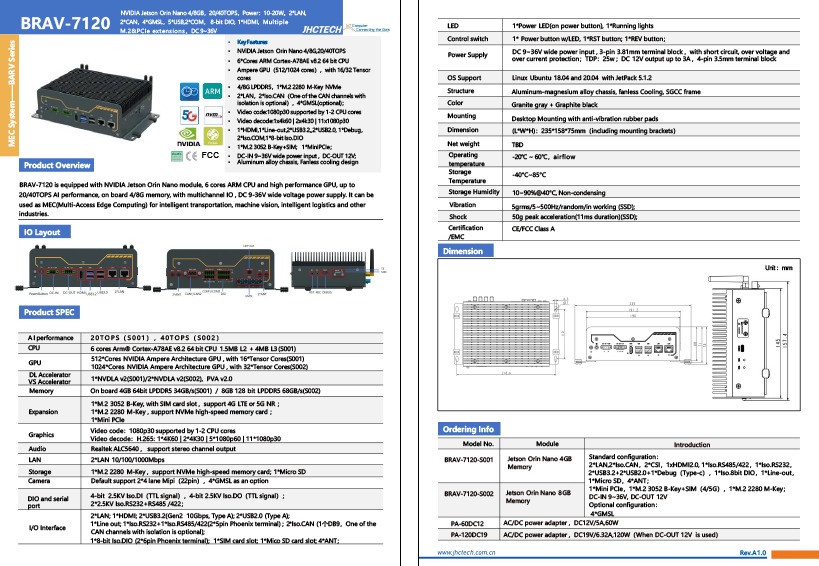Industrial
AI Computers
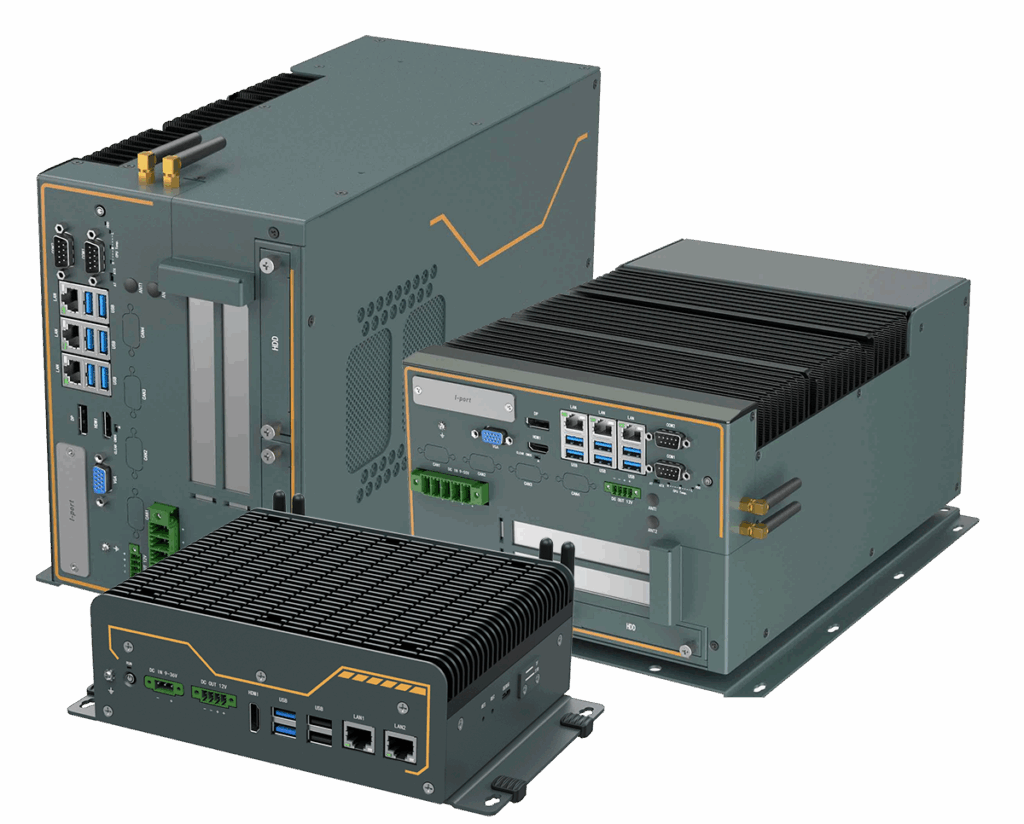
Industrial AI computers are robust, high-performance computing solutions specifically designed to bring the power of artificial intelligence to the demanding environments of modern industry. These specialized systems are engineered to withstand harsh conditions such as extreme temperatures, vibration, and humidity, making them ideal for deployment in factories, on production lines, and in the field. By processing vast amounts of data locally at the edge, industrial AI computers enable real-time decision-making for a wide range of applications, including machine vision, predictive maintenance, robotic control, and automated quality assurance. This capability eliminates the latency and security concerns associated with cloud-based data processing, leading to increased efficiency, reduced downtime, and significant cost savings. Whether you are looking to optimize manufacturing processes, enhance operational safety, or unlock new levels of automation, our range of industrial AI computers provides the reliable and powerful foundation you need to implement intelligent solutions.
Moving AI processing to the edge computer enables fast data collection, real-time processing, and machine learning close to the data source, eliminating the transmission of large amounts of data to distant cloud servers. The fusion of these technologies accelerates processing time, improves response times, reduces bandwidth demands, and bolsters security throughout.
Edge AI / GPU computers offer unparalleled performances with true wide-temperature operation to ensure CPU/ GPU do not thermal-throttle under harsh conditions. GPU computers utilize dedicated graphics cards to enable advanced image processing in applications ranging from machine vision and automation, to autonomous vehicles, medical imaging, deep learning machine vision, VR & AI, autonomous machines and more.
NVIDIA GPUs

DS-1400
Intel® 12th Gen Alder Lake-S Core™ i9/i7/i5/i3
The DS-1400 is a high-performance, expandable, and rugged embedded computer, boasting outstanding performance as well as rich industrial I/O interfaces and robust functionalities. To meet various application needs, it can flexibly expand the required I/O and specific functions through Cincoze’s unique CMI, CFM, and MEC expansion modules.
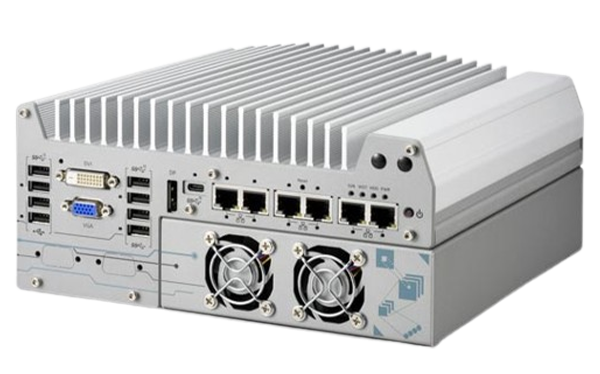
Nuvo-9160GC
NVIDIA® RTX GPU / Intel® 14th/13th/ 12th-Gen Core™
Nuvo-9160GC is a rugged edge AI computer that delivers superior CPU and GPU performance by leveraging Intel’s 14th/13th/12th Gen platform and an NVIDIA® RTX GPU card up to 130W. The system’s standard and optional GPU brackets can accommodate selected GPU cards including RTX 3050, RTX 4060, NVIDIA® RTX A2000, RTX 2000 Ada, and RTX 4000 SFF Ada.

GP-3100
14/13/12th Gen Intel® Core™ Modular GPU Computer
The GP-3100 is a high-performance GPU computer for industrial AI and machine vision applications. It supports an Intel® Core™ processor, up to two 250W full-length GPU cards, high-capacity storage, and high-speed I/O. Three patented features, designed for specific customer needs, improve expansion, heat dissipation, and overall stability, making the GP-3100 an ideal choice for complex Edge AI applications.

Nuvo-10000 Series
Intel® 14th/13th/12th-Gen Core™ / 115W NVIDIA® GPU
Nuvo-10000 series is the ideal choice to replace your bulky rack-mount or wall-mount IPC systems. The system offers up to seven PCIe/ PCI slots in its compact chassis to deliver the same level of expandability as off-the-shelf 4U 19″ IPCs. Users can install a wide variety of AIO, DIO, communication, image capture and motion control cards for versatile applications.
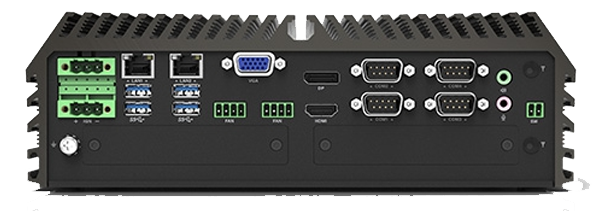
GM-1100
Intel® 12th Gen Alder Lake-S Core™ i9/i7/i5/i3
The GM-1100 is a compact and rugged embedded MXM GPU computer for high-performance computing needs. Type A and B MXM GPU modules allow comprehensive options to suit lightweight AI or high-performance AI inference applications, making it ideal for edge AI applications with limited installation space.
NVIDIA Jetson
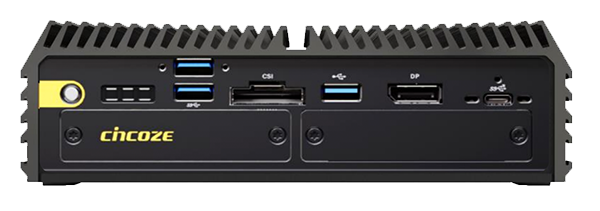
GJ-1000
NVIDIA Jetson Orin NX / Orin Nano
Coming Q4, 2025: The GJ-1000 series is equipped with 1x LAN, 6x USB, and 2x COM ports for diverse peripheral connections. It also includes M.2 B Key and M.2 E Key Sockets for additional storage and expansion options.
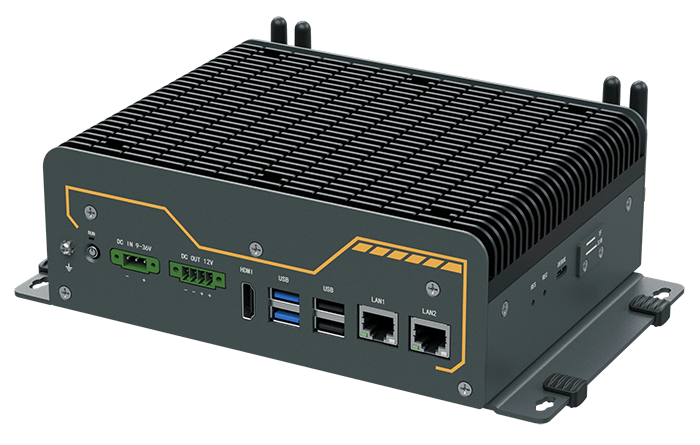
BRAV-7120
NVIDIA Jetson Orin Nano 4/8GB
BRAV-7120 is equipped with NVIDIA Jetson Orin Nano module, 6 cores ARM CPU and high performance GPU, up to 20/40TOPS AI performance, on board 4/8G memory, with multichannel IO , DC 9-36V wide voltage power supply. It can be used as MEC (Multi-Access Edge Computing) for intelligent transportation, machine vision, intelligent logistics and other industries.
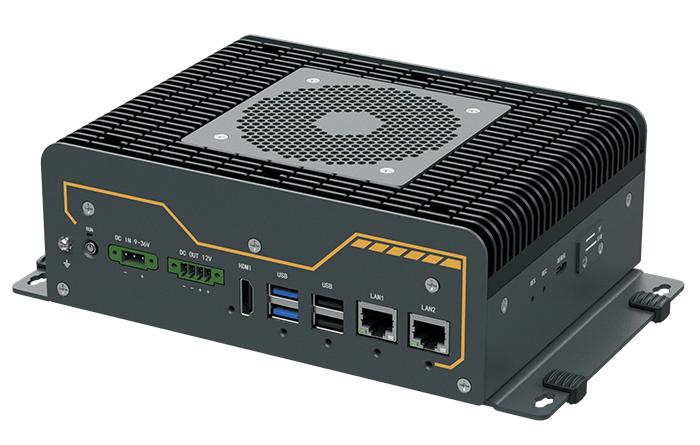
BRAV-7121
NVIDIA Jetson Orin NX 8/16GB
BRAV-7121 is equipped with NVIDIA Jetson Orin NX 8/16GB module, 6/8 cores ARM CPU and high performance GPU, up to 70/100TOPS AI performance, on board 8/16G memory, multichannel IO and clock synchronization, DC 9-36V wide voltage power supply. It can be used as MEC (Multi-Access Edge Computing) for intelligent transportation, machine vision, intelligent logistics and other industries.
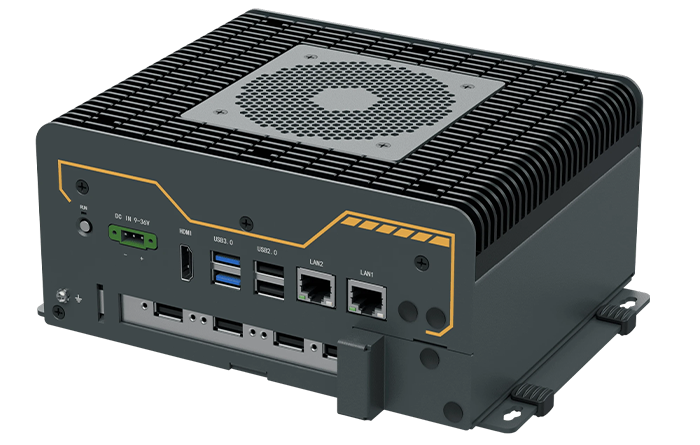
BRAV-7123
NVIDIA Jetson Orin NX 8G/16GB
BRAV-7123 is equipped with NVIDIA Jetson AGX Orin module, 6/8 cores ARM CPU and high performance GPU, support 70~157 TOPS AI performance, onboard 8/16GB memory , support external NVMe storage, high-speed IO interface rich resources, DC 9-36V wide voltage power supply, used in intelligent transportation, machine vision, humanoid robot and other industries.
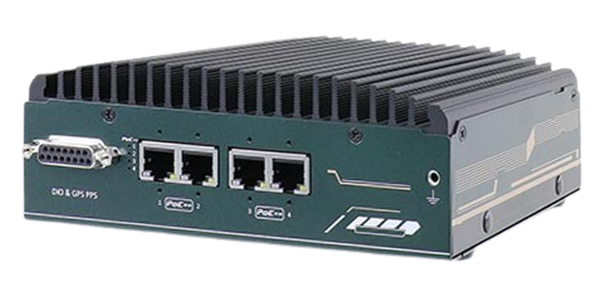
NRU-52S+ / NRU-52S
NVIDIA® Jetson Orin™ NX/ Xavier™ NX
NRU-52S series is a rugged, wide temperature, fanless edge AI computer delivering up to 100 TOPS for AI-based video analytics applications requiring H.264/H.265 video decoding and real-time inference. By integrating PoE++ connectivity, 100 TOPS inference performance, a vast of NVIDIA AI JetPack toolkits, NRU-52S+ can enable more possibilities for real-time video analytics such as autonomous machines, security alerts, law enforcement, and V2X applications.

BRAV-7131
NVIDIA Jetson AGX Orin 32/64GB
BRAV-7131 is equipped with NVIDIA Jetson AGX Orin 32/64GB module, 8/12 cores ARM CPU and high-performance GPU, up to 200/275TOPS AI performance, onboard 32/64G memory and 64G storage, multichannel IO and clock synchronization, DC 9-36V wide voltage power supply. It can be used as MEC(Multi-Access Edge Computing) for intelligent transportation, machine vision, intelligent logistics and other industries.

BRAV-7134
NVIDIA Jetson AGX Orin 32/64GB
BRAV-7134 is equipped with NVIDIA Jetson AGX Orin 32/64GB module, 8/12 cores ARM CPU and high performance GPU, up to 200/275TOPS AI performance, onboard 32/64G memory and 64G storage. Maximum support -30-80 temperature range, DC 9-36V wide voltage power supply. It can be used as MEC (Multi-Access Edge Computing) for intelligent transportation, machine vision, intelligent logistics and other industries.
NPU / AI Accelerator
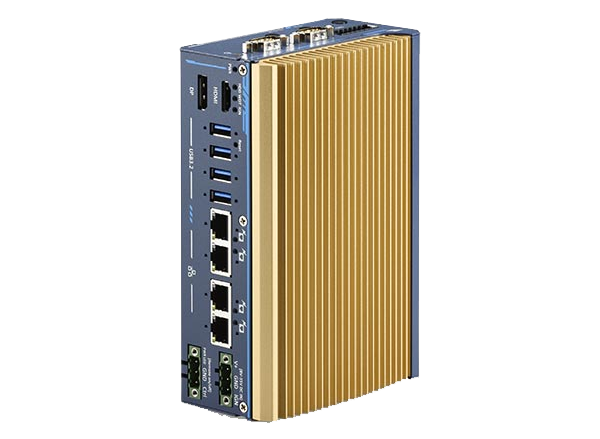
POC-700 Series
Intel® Core™ i3-N305/ Atom® x7425E with OpenVino
Neousys POC-700 is powered by Intel’s Alder Lake i3-N305 featuring 8-core/ 8-thread processor with 32EUs UHD Graphics or Atom® x7425E featuring 4-core/ 4-thread with 24EUs UHD Graphics to support Intel OpenVINO™ for AI inference capabilities. Measuring just 64 x 116 x 176mm, the ultra-compact POC-700 can easily fit into confined spaces.
Frequently Asked Questions
What are the key differences between a standard PC and an industrial AI computer?
Industrial AI computers are fundamentally different from standard consumer or commercial PCs. They are built with industrial-grade components to ensure reliable operation in harsh environments. Key differentiators include a ruggedized chassis resistant to shock and vibration, fanless cooling systems to prevent dust and debris ingress, a wider operating temperature range, and specialized I/O ports for connecting to industrial machinery and sensors. Furthermore, they are equipped with powerful processors (CPUs) and graphics processing units (GPUs) specifically chosen to handle the intensive computational demands of artificial intelligence and machine learning algorithms.
What are the primary applications for industrial AI computers?
Industrial AI computers are transforming a multitude of industries. Some of the most common applications include:
- Manufacturing: Predictive maintenance to anticipate equipment failures, AI-powered quality control to detect defects in real-time, and optimization of production line efficiency.
- Logistics and Warehousing: Automated sorting and inspection, intelligent inventory management, and optimization of robotic systems.
- Transportation: In-vehicle computing for autonomous vehicles, traffic management systems, and smart city infrastructure.
- Energy and Utilities: Monitoring and control of remote assets, predictive analytics for grid management, and optimization of energy consumption.
- Healthcare: Medical imaging analysis, robotics for surgical assistance, and patient monitoring systems.
How does an industrial AI computer improve operational efficiency?
By enabling real-time data processing at the edge, industrial AI computers significantly improve operational efficiency in several ways. They reduce latency by eliminating the need to send data to the cloud for analysis, leading to faster decision-making. This is critical for applications like robotic control and high-speed inspection. They also enhance data security by keeping sensitive information on-premises. Furthermore, by automating complex tasks and providing actionable insights from data, they help to reduce errors, minimize downtime, and free up human workers to focus on higher-value activities.
What should I consider when selecting an industrial AI computer?
Choosing the right industrial AI computer depends on the specific requirements of your application. Key factors to consider include:
- Processing Power: The complexity of your AI models will determine the required CPU and GPU performance.
- Environmental Conditions: Consider the operating temperature range, resistance to vibration and shock, and the need for a fanless design.
- I/O and Connectivity: Ensure the computer has the necessary ports (e.g., COM, LAN, USB, GPIO) to connect to your existing equipment and networks.
- Form Factor: The physical size and mounting options (e.g., rackmount, DIN-rail, standalone) will depend on the installation space.
- Scalability: Consider future needs and whether the system can be easily upgraded or expanded.





















